5 surprising alternative ways to use laundry detergent, including outdoor cleaning tasks
It's surprisingly versatile
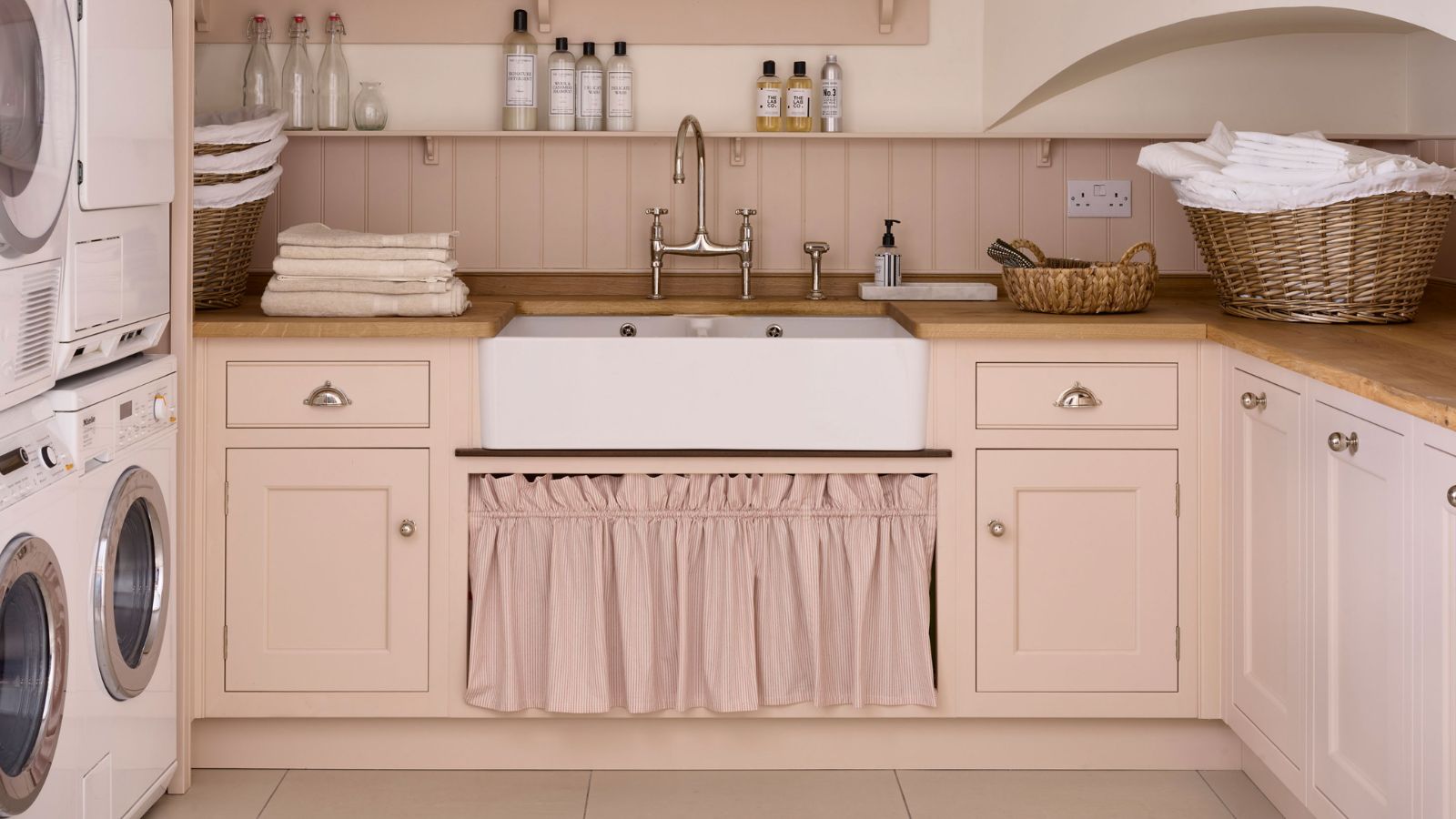

Laundry detergent is a household staple for cleaning, usually for freshening up our clothing and linens. But beyond the utility room lies a variety of uses and applications for this soapy solution, where laundry detergent proves to be far more versatile than we give it credit for.
Experts in cleaning reveal that many of the ingredients in laundry detergent, such as surfactants, enzymes, and softening agents, are just as effective in other areas of the home. With the right dilution, it can tackle tough messes, freshen up unexpected items, and even restore things you thought were beyond saving.
From tackling grime in unexpected places to restoring the condition of beloved items, we explore five clever ways to use laundry detergent outside of the laundry room essentials. You may never look at the detergent on your laundry shelf the same way again.
5 alternative ways to use laundry detergent for cleaning
1. Detangle and clean doll hair
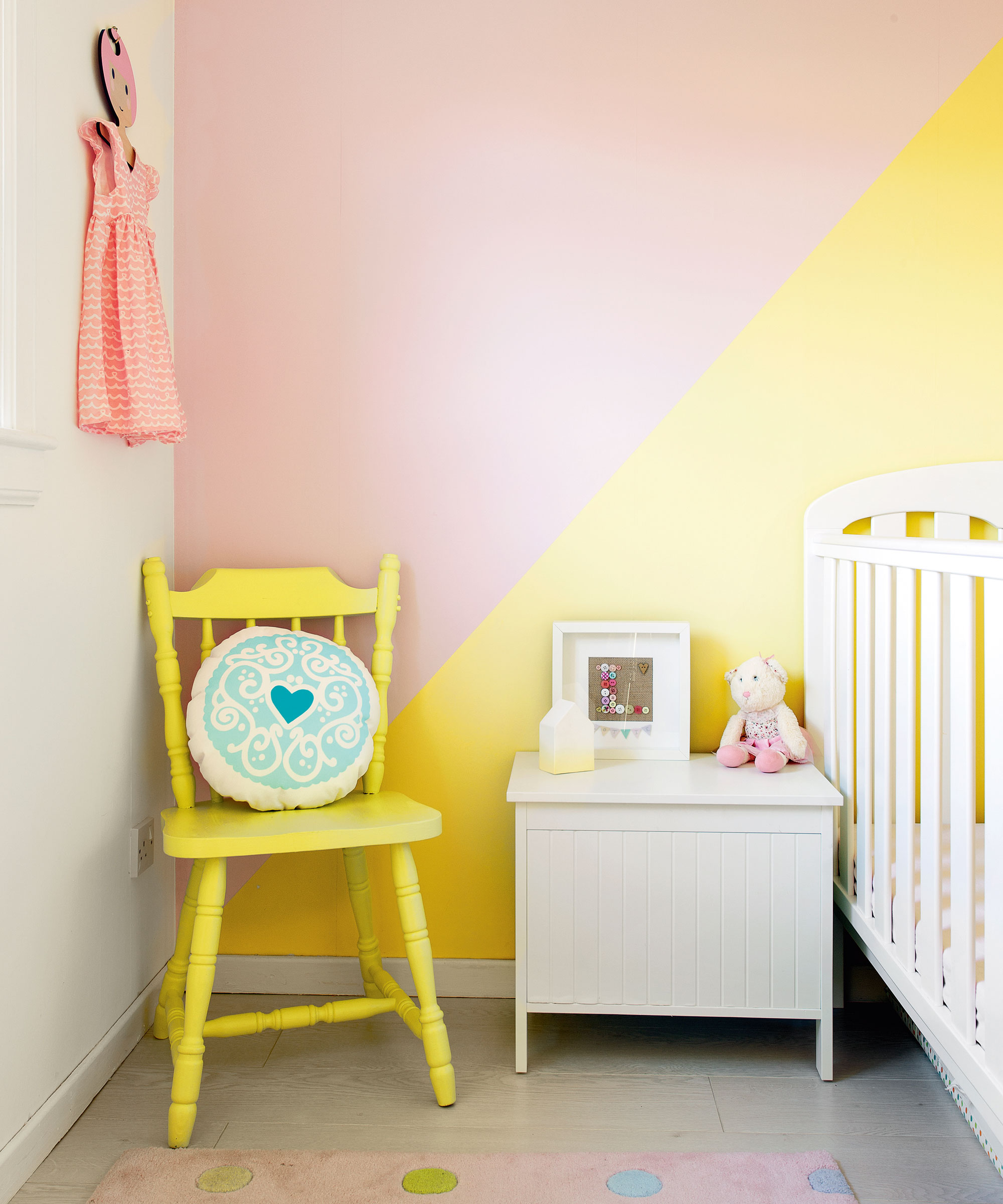
If you have children or a collection of nostalgic toys, you’ve likely dealt with frizzy, tangled doll hair at some point. Surprisingly, liquid laundry detergent that includes fabric softener can work wonders on synthetic doll hair, mimicking the effects of a leave-in conditioner.
‘Mix a teaspoon of detergent-fabric softener combo with a cup of warm water, then use a small spray bottle or gently submerge the doll’s hair,’ advises Karina Toner, operations manager at Spekless Cleaning.
‘Let it sit for five to 10 minutes before using a wide-tooth comb from Target to detangle. The softeners in the mix make the strands more pliable and easier to manage.’
Once combed through, rinse the doll’s hair thoroughly in lukewarm water and let it air dry. You’ll be amazed at the silky finish, and your kids (or inner child) will thank you.
Design expertise in your inbox – from inspiring decorating ideas and beautiful celebrity homes to practical gardening advice and shopping round-ups.
2. Clean greasy kitchen cabinets

Grease can silently accumulate on kitchen cabinet doors, especially those above the stove. Where previously you may have tried to clean with vinegar or use degreasers, liquid laundry detergent is a gentle but effective alternative that won’t strip paint or finishes.
‘Laundry detergent cuts through grease because it contains surfactants designed to break down oils on clothing—and it works the same way on kitchen grime,’ continues Karina. She suggests mixing one tablespoon of detergent with two cups of warm water. Use a microfiber cloth from Walmart to wipe down the surfaces, then follow with a damp cloth to rinse.
Bonus: If your detergent is scented, you’ll be left with subtly fresh-smelling kitchen cabinetry, no harsh chemical aroma required.
3. Mop and shine tile floors

You don’t need a closet full of specialized floor cleaners to get sparkling tile. Laundry detergent, particularly the low-suds, HE (high-efficiency) kind, is excellent for mopping hard floors and cleaning tile floors.
'In my professional cleaning toolkit, laundry detergent is one of the safest, most economical ways to clean floors,' says Will Cotter, COO of FreshSpace Cleaning. 'It lifts dirt while leaving behind a gentle scent, without the buildup some floor-specific products cause.'
To make a floor-safe solution, combine a quarter cup of liquid laundry detergent with a gallon of warm water. Mop as usual, ensuring your mop is well-wrung to avoid excessive moisture. Always follow with a clean water rinse if your floor has a matte or unsealed finish.
Molly's Suds unscented detergent from Amazon, is one such cleaner.
4. Pre-treat upholstery stains
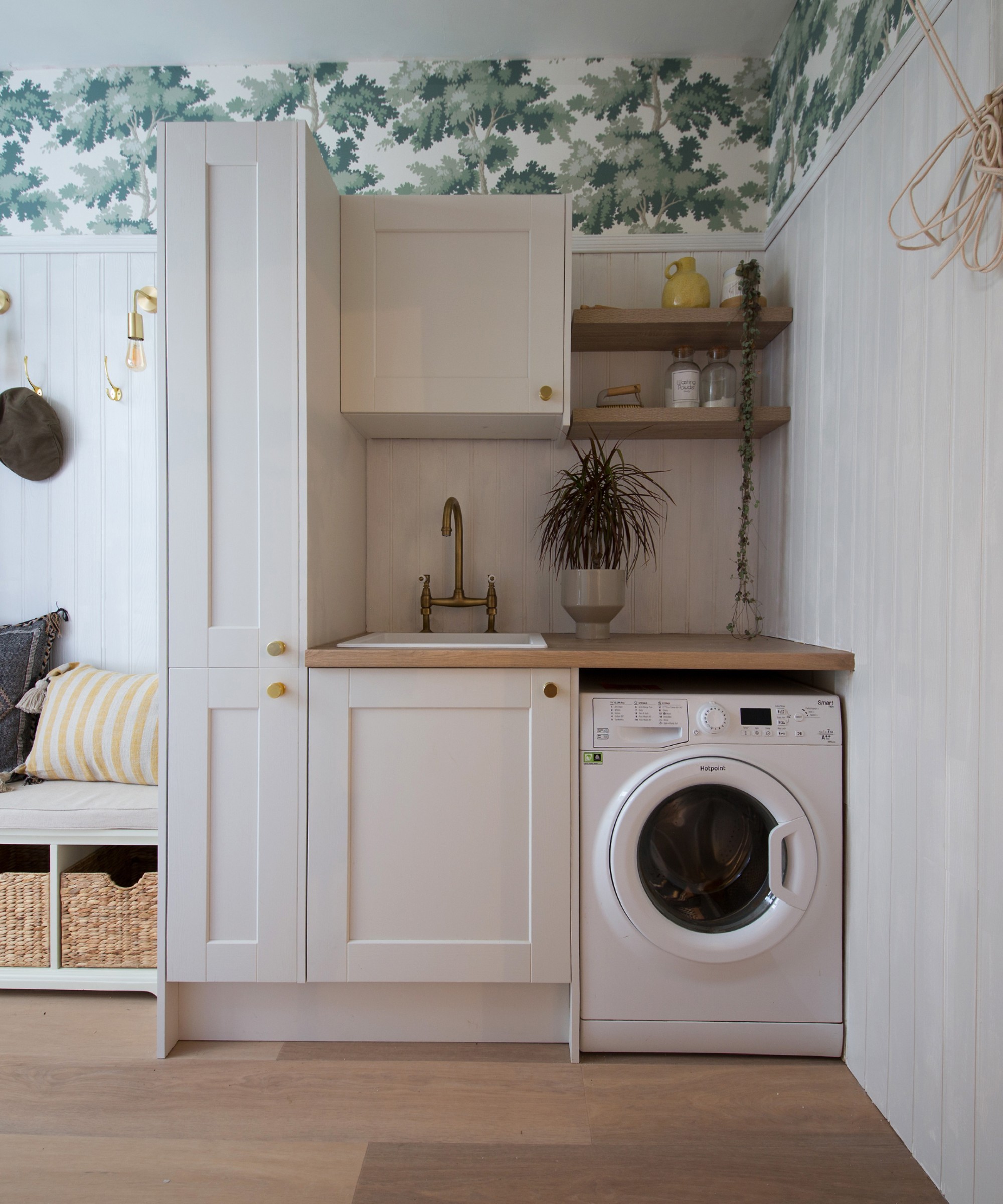
Accidents happen, especially on sofas and chairs. Whether it's spilled wine, muddy paws, or marker mishaps, laundry detergent can act as a safe and effective way to clean upholstery.
Dilute one teaspoon of detergent in a cup of lukewarm water, then apply to the stain with a sponge, blotting (not rubbing) gently. Let it sit for a few minutes before blotting again with a clean, damp cloth to rinse out the residue.
Because laundry detergent is formulated to remove stains from a wide range of materials, it’s actually gentler on upholstery than some harsher chemical sprays. Test first on an inconspicuous area, of course, but this trick can breathe new life into tired armchairs and family room couches.
It's a good idea to add some to your stain station.
5. Wash outdoor furniture
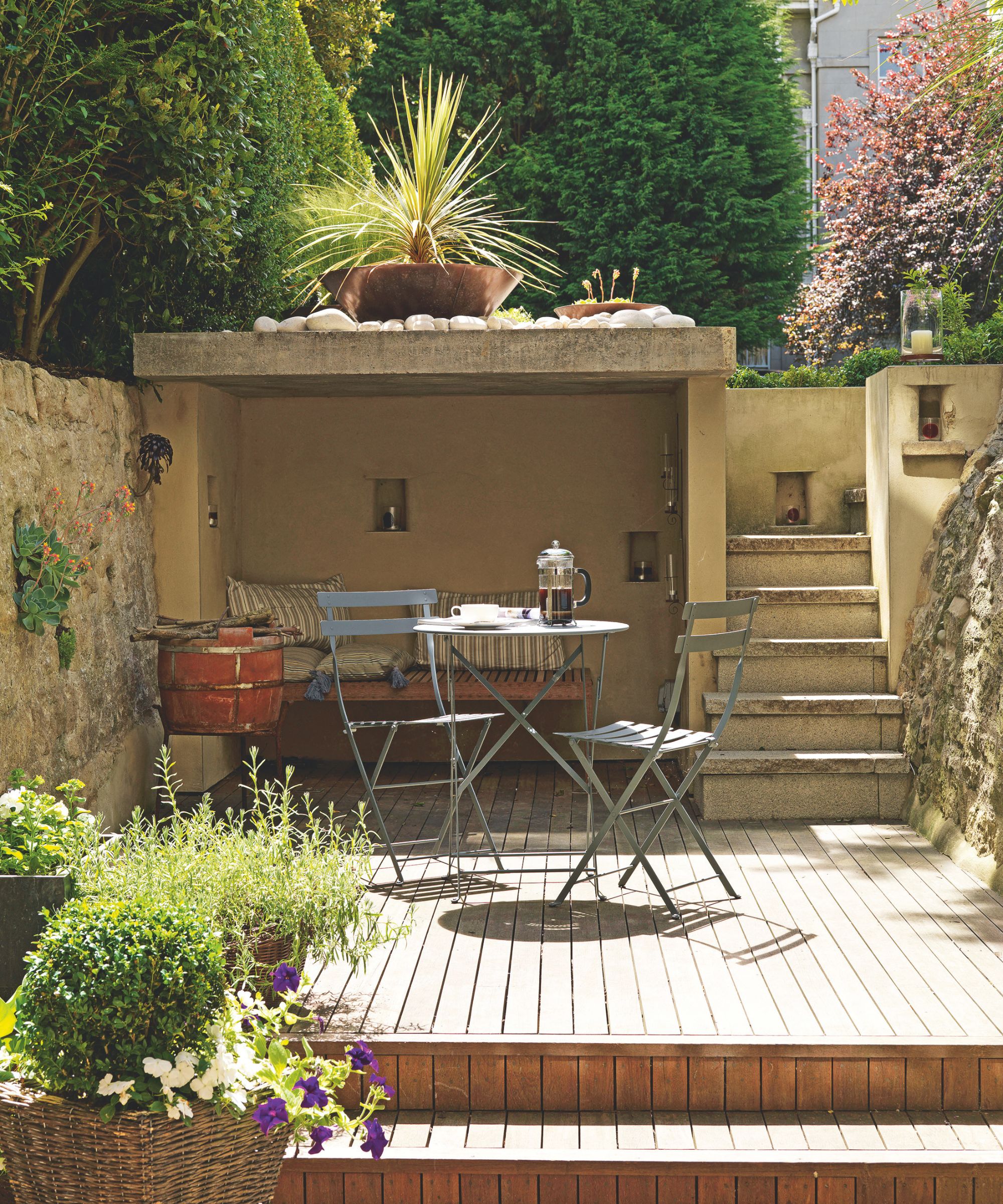
Outdoor furniture takes a beating from the elements, especially after a long winter or a dusty, pollen-filled spring.
Whether it’s patio chairs, loungers, or outdoor dining sets, these pieces often emerge from storage looking grimy, faded, or covered in sticky debris.
Rather than reaching for multiple specialty products or pressure-washing every surface, a simple solution of laundry detergent and water can clean outdoor furniture effectively and safely.
Laundry detergent is particularly useful for cleaning materials like plastic, resin, powder-coated metal, and even all-weather wicker. Mix a quarter cup of liquid laundry detergent into a gallon of warm water. Stir gently to combine, then dip in a soft-bristle brush from Amazon, a microfiber cloth, or a non-abrasive sponge.
‘Scrub the furniture thoroughly, paying close attention to areas with textured surfaces or crevices where grime accumulates,’ continues Will. ‘For heavily soiled pieces, allow the solution to sit for a few minutes before scrubbing. Once cleaned, rinse the furniture with a hose or a bucket of clean water and let it air dry in the sun.’
For cleaning outdoor cushions or fabric elements, spot-test a diluted detergent solution on a hidden area before applying broadly. In many cases, laundry detergent can also be used to clean removable outdoor cushion covers, just check the care label first.
Avoid using this technique on unsealed wood, natural rattan, or fabrics not labeled as outdoor-safe, as the moisture and detergent can cause warping or discoloration.
What to shop

Rated 4.4 out of 5 by customers, this detergent uses no artificial preservatives, dyes, thickeners, or brighteners, making it gentle on sensitive skin and hypoallergenic.
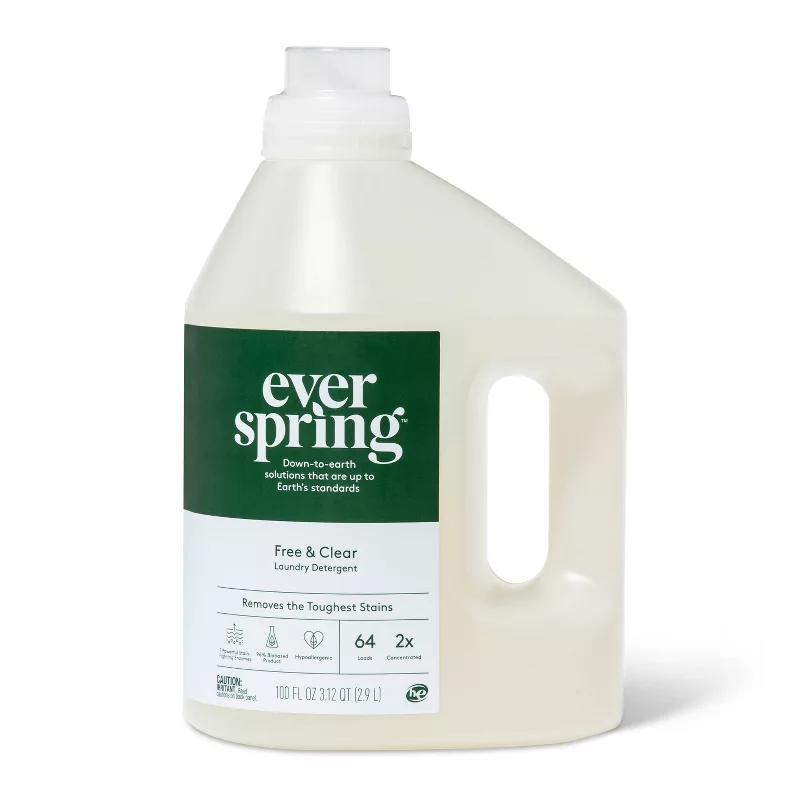
Rated 5 out of 5 by customers, this Everspring laundry detergent is great at removing the toughest stains. This laundry detergent is also a 96% biobased product and has a hypoallergenic formula.
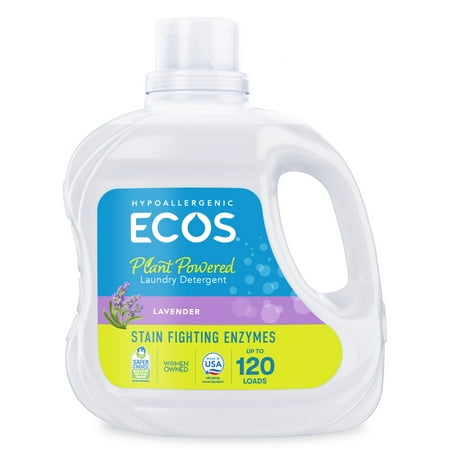
Rated 4.7 out of 5 by customers, the ECOS laundry detergent has enough for 152 loads of laundry and now has the added odor-neutralizing power of natural enzymes, making it ideal for cleaning and removing tough stains.
FAQs
Can you use laundry detergent to clean concrete?
In short, yes, you can use laundry detergent to clean concrete. To use, mix ¼ to ½ cup of liquid laundry detergent into a gallon of warm water. Pour the solution over the stained or dirty area, then scrub with a stiff-bristle outdoor broom or brush. Let it sit for 5–10 minutes to break down grime, and then rinse thoroughly with a garden hose.
For oil or grease spots (such as on a driveway), sprinkling powdered laundry detergent directly on the stain, adding a little warm water to make a paste, and scrubbing with a stiff brush can also be effective. Let it sit for 15–20 minutes before rinsing.
While laundry detergent is safe for sealed and unsealed concrete, avoid overuse on painted or stained finishes, as repeated scrubbing could cause dulling over time. Always test a small area first if you're unsure.
Laundry detergent might seem like a one-trick pony, but a closer look reveals just how multifunctional this humble product can be. With the right dilution and a bit of know-how, you can tap into its hidden cleaning powers all around the home.
As with any cleaner, always spot test on delicate surfaces and avoid overuse, as concentrated detergent can be too strong for some materials.
But overall, these unexpected uses might just inspire you to rethink how you stock and set up your laundry room.

Seraphina is a contributing editor at Homes & Gardens, writing Solved features on organizing and storage. She loves to decorate and also grow her own produce from her home in London. Her previous experience includes working at Women's Health and Fabulous Magazine.
You must confirm your public display name before commenting
Please logout and then login again, you will then be prompted to enter your display name.